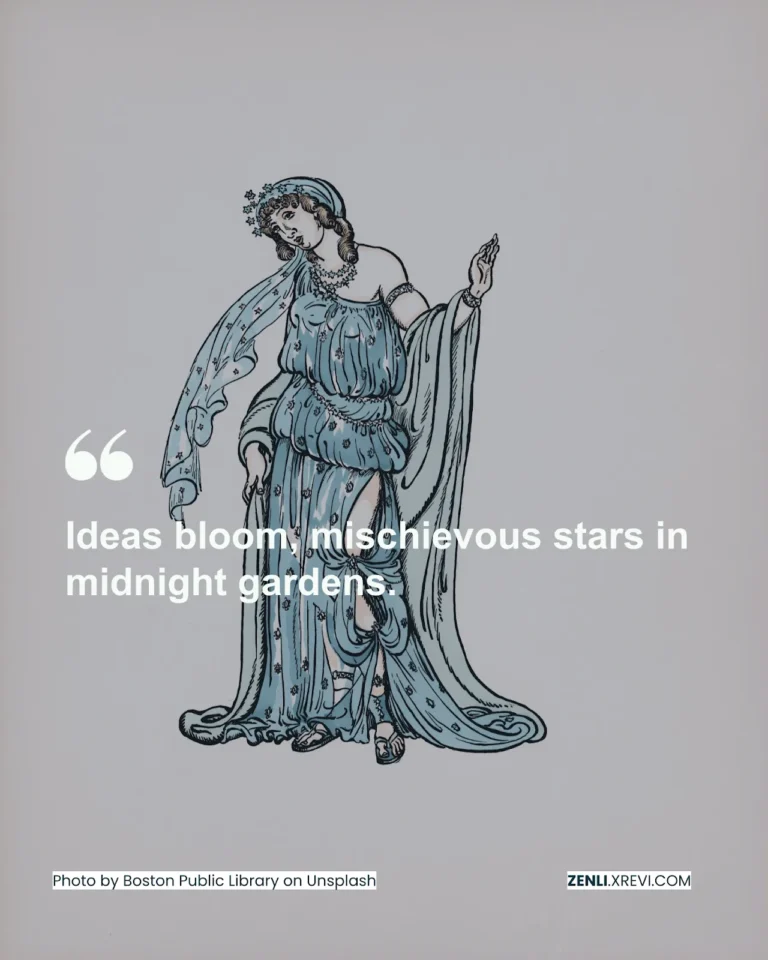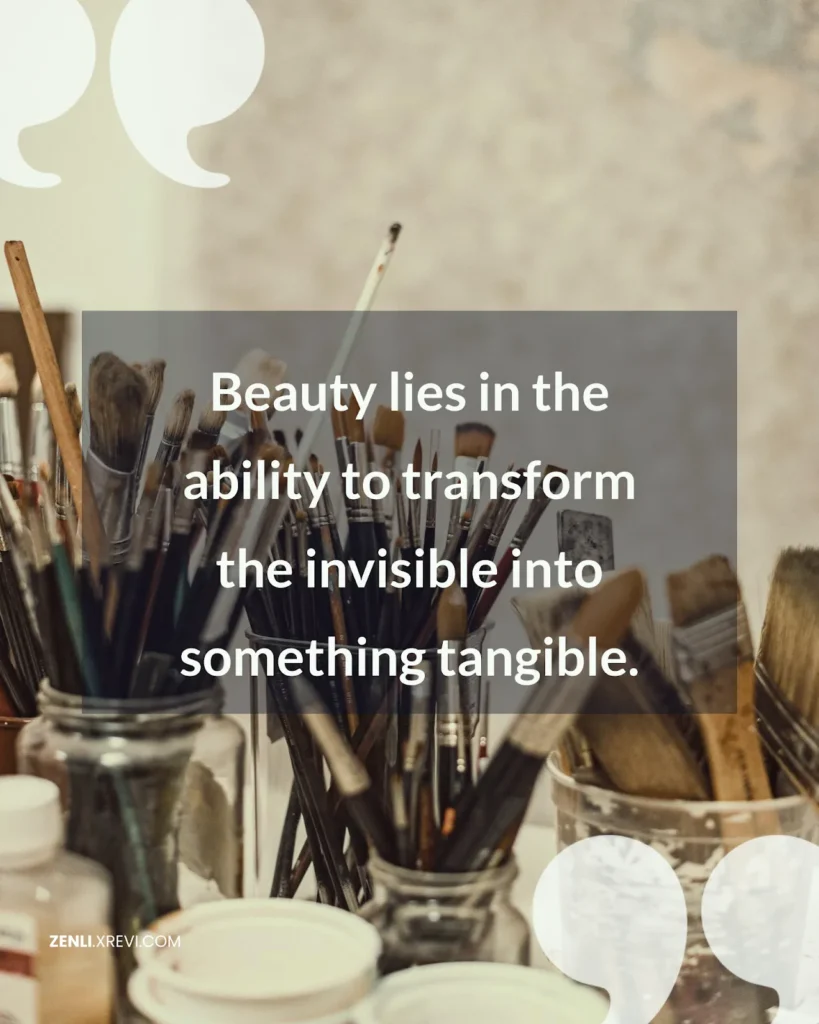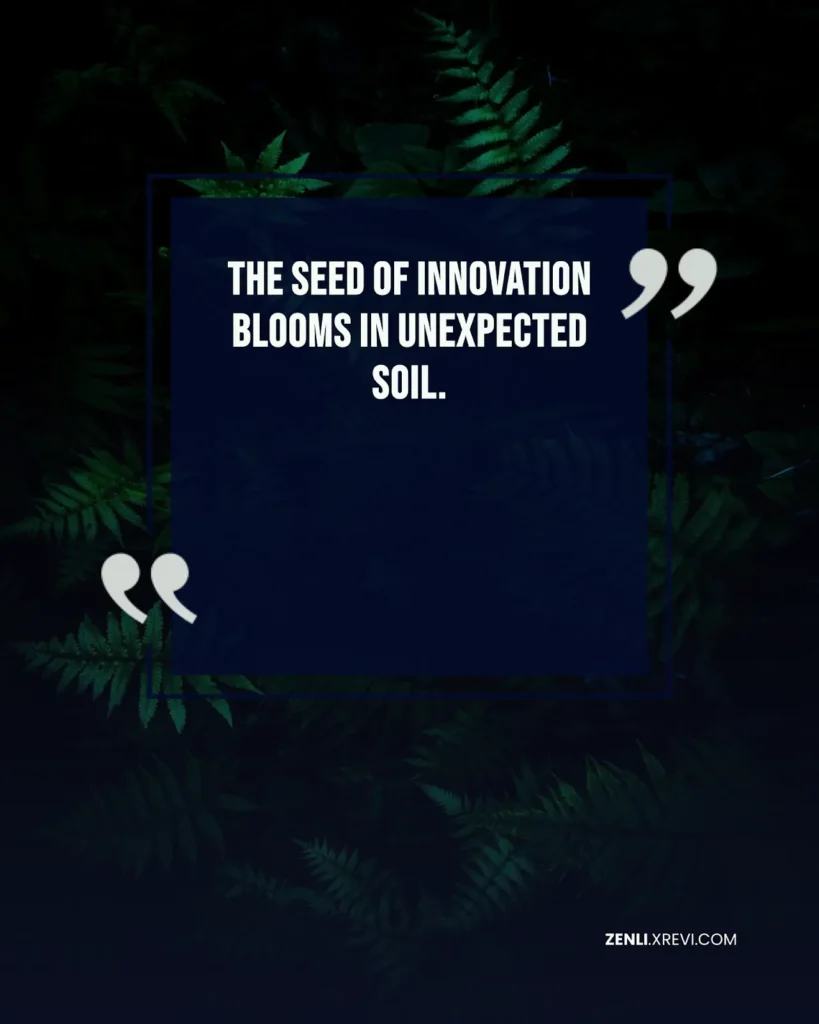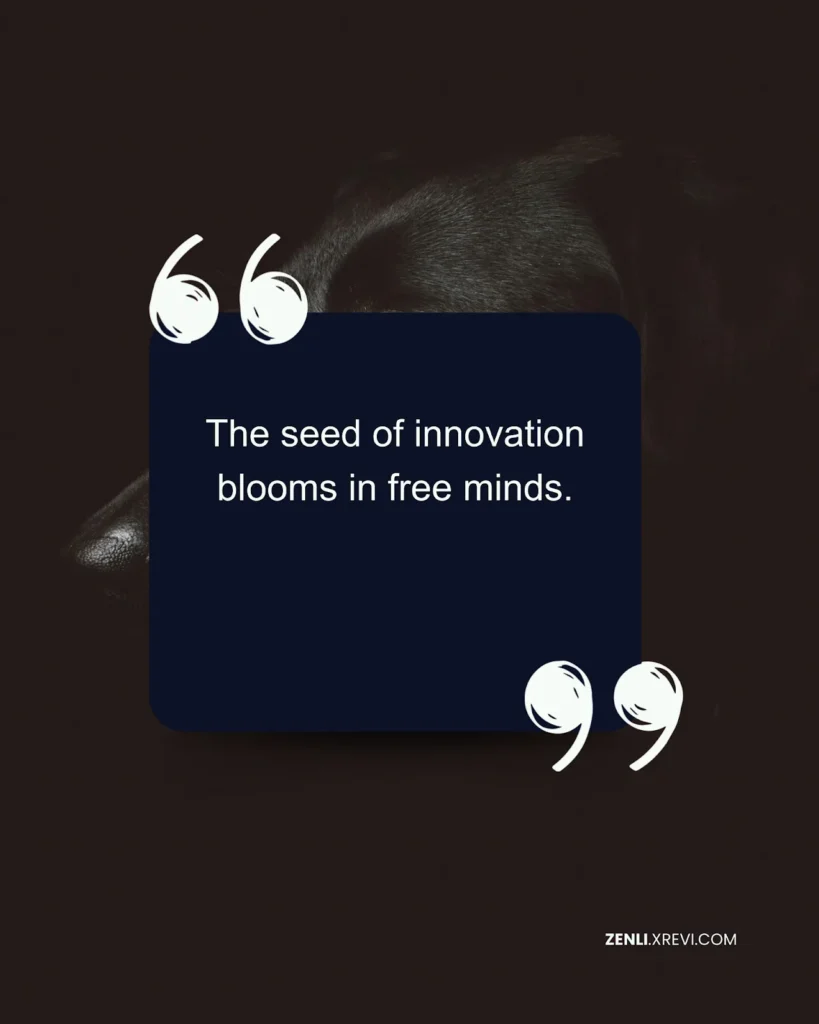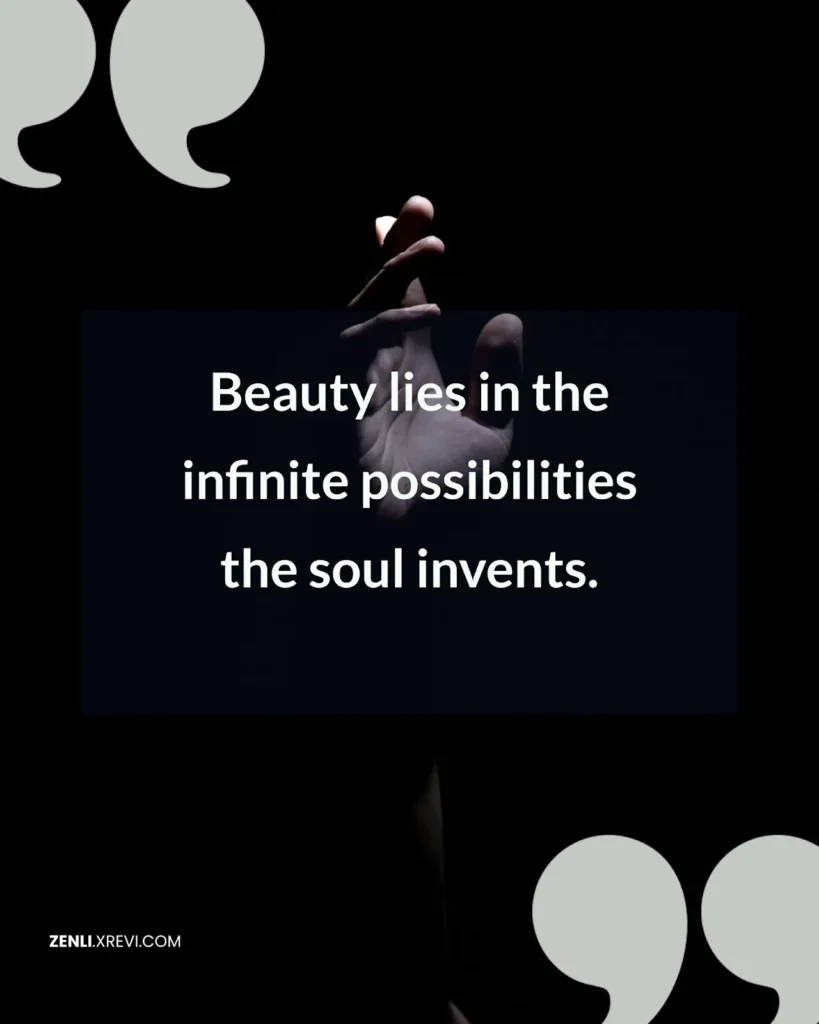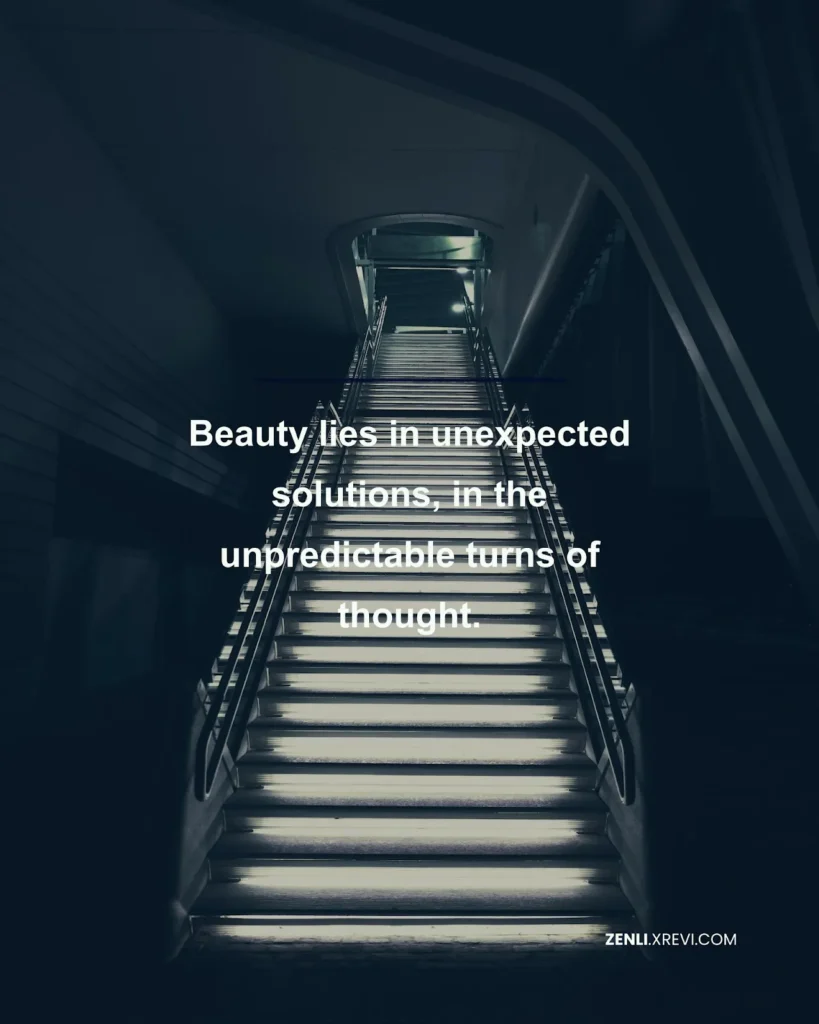We all experience moments of brilliance, those flashes of insight that make us exclaim, “Aha!” Whether it’s finding a clever solution to a frustrating problem, dreaming up a delicious new recipe, or crafting the perfect sentence for a story, these creative sparks illuminate our lives. They’re the unsung heroes of problem-solving, the secret ingredient in innovation, and the driving force behind personal expression. But where do these brilliant ideas come from? Are they lightning strikes, pure chance, or something we can actively cultivate? The answer, I believe, lies within a space we all possess: the garden of our own minds.
***
Ideas bloom, mischievous stars in midnight gardens.
***
This quote beautifully captures the essence of creativity. It suggests a hidden, nocturnal world where ideas aren’t forced or manufactured, but rather organically arise, like flowers unfolding in the darkness. Think about it: some of the most innovative thoughts don’t come during a focused brainstorming session, but instead during a quiet evening walk, a relaxing bath, or even in the middle of a dream. These “mischievous stars” are unpredictable, sometimes surprising us with their brilliance, other times playfully eluding our grasp. The “midnight garden” represents the fertile ground of our subconscious, a space where seemingly unrelated thoughts and experiences intertwine, leading to unexpected connections and innovative breakthroughs. Consider a scientist stumbling upon a groundbreaking discovery while pondering an unrelated problem; or a musician composing a melody inspired by a vivid dream; or a writer finding the perfect metaphor while lost in thought during a commute. These examples highlight the magical, almost accidental, nature of creative insight – the blossoming of an idea from the fertile soil of our subconscious. The key is to nurture this inner garden, providing it with the right conditions to flourish.
To encourage these “mischievous stars” to appear, we can consciously cultivate our “midnight gardens.” This might involve embracing boredom, allowing our minds to wander without the pressure of immediate productivity; practicing mindfulness to connect with our inner selves; actively engaging with diverse experiences and perspectives to enrich the “soil” of our minds; or simply making time for quiet reflection and daydreaming. By creating space for these seemingly unproductive moments, we invite the unexpected and allow the seeds of creativity to sprout. Remember, creativity isn’t always about grand pronouncements; it’s often found in the subtle shifts of perspective, the unexpected connections, and the playful exploration of possibilities.
In conclusion, nurturing our creativity is akin to tending a garden. It requires patience, attention, and a willingness to embrace the unexpected. The “mischievous stars” – our brilliant ideas – will emerge when we create the right conditions: a space for quiet contemplation, a willingness to explore, and an open mind. Take some time today to reflect on your own “midnight garden.” What activities help you foster your creative space? What practices might you adopt to encourage your own unique “ideas to bloom”? Share your thoughts in the comments below – let’s cultivate a collective garden of creativity! The world awaits the brilliance that lies within.
Photo by Boston Public Library on Unsplash
